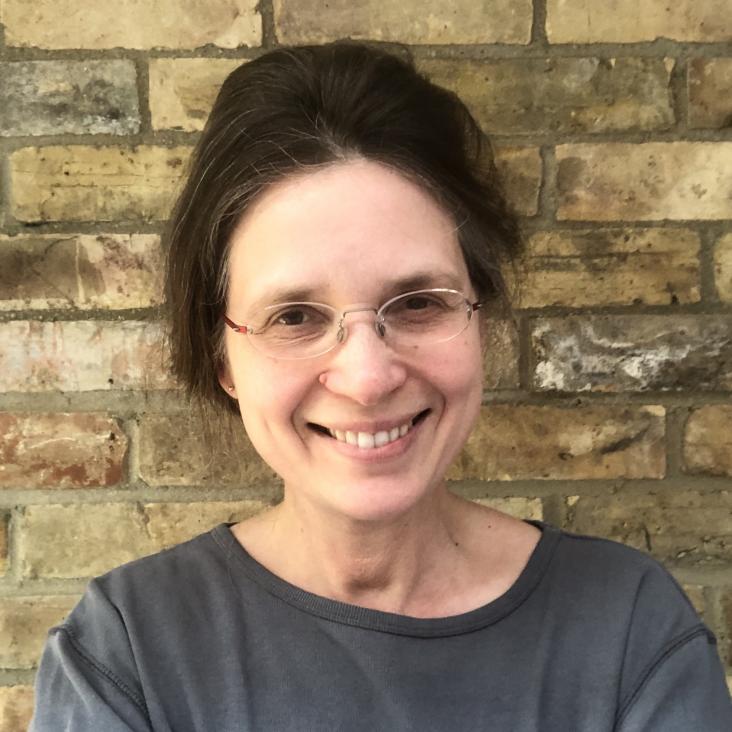Intrinsic alignments of galaxies in the Horizon-AGN cosmological hydrodynamical simulation
Black hole evolution: I. Supernova-regulated black hole growth
Abstract:
The growth of a supermassive black hole (BH) is determined by how much gas the host galaxy is able to feed it, which in turn is controlled by the cosmic environment, through galaxy mergers and accretion of cosmic flows that time how galaxies obtain their gas, but also by internal processes in the galaxy, such as star formation and feedback from stars and the BH itself. In this paper, we study the growth of a 10^12 Msun halo at z=2, which is the progenitor of al group of galaxies at z=0, and of its central BH by means of a high-resolution zoomed cosmological simulation, the Seth simulation. We study the evolution of the BH driven by the accretion of cold gas in the galaxy, and explore the efficiency of the feedback from supernovae (SNe). For a relatively inefficient energy input from SNe, the BH grows at the Eddington rate from early times, and reaches self-regulation once it is massive enough. We find that at early cosmic times z>3.5, efficient feedback from SNe forbids the formation of a settled disc as well as the accumulation of dense cold gas in the vicinity of the BH and starves the central compact object. As the galaxy and its halo accumulate mass, they become able to confine the nuclear inflows provided by major mergers and the BH grows at a sustained near-to-Eddington accretion rate. We argue that this mechanism should be ubiquitous amongst low-mass galaxies, corresponding to galaxies with a stellar mass below <10^9 Msun in our simulations.Towards simulating star formation in turbulent high-z galaxies with mechanical supernova feedback
Abstract:
To better understand the impact of supernova (SN) explosions on the evolution of galaxies, we perform a suite of high-resolution (12 pc), zoom-in cosmological simulations of a Milky Way-like galaxy at z = 3 with adaptive mesh refinement. We find that SN explosions can efficiently regulate star formation, leading to the stellar mass and metallicity consistent with the observed mass–metallicity relation and stellar mass–halo mass relation at z ~ 3. This is achieved by making three important changes to the classical feedback scheme: (i) the different phases of SN blast waves are modelled directly by injecting radial momentum expected at each stage, (ii) the realistic time delay of SNe is required to disperse very dense gas before a runaway collapse sets in, and (iii) a non-uniform density distribution of the interstellar medium (ISM) is taken into account below the computational grid scale for the cell in which an SN explodes. The simulated galaxy with the SN feedback model shows strong outflows, which carry approximately 10 times larger mass than star formation rate, as well as smoothly rising circular velocity. Although the metallicity of the outflow depends sensitively on the feedback model used, we find that the accretion rate and metallicity of the cold flow around the virial radius is impervious to SN feedback. Our results suggest that understanding the structure of the turbulent ISM may be crucial to assess the role of SN and other feedback processes in galaxy formation theory.
Black hole evolution: I. Supernova-regulated black hole growth
Intrinsic alignment of simulated galaxies in the cosmic web: implications for weak lensing surveys
Abstract:
The intrinsic alignment of galaxy shapes (by means of their angular momentum) and their cross-correlation with the surrounding dark matter tidal field are investigated using the 160 000, z = 1.2 synthetic galaxies extracted from the high-resolution cosmological hydrodynamical simulation HORIZON-AGN. One- and two-point statistics of the spin of the stellar component are measured as a function of mass and colour. For the low-mass galaxies, this spin is locally aligned with the tidal field ‘filamentary’ direction while, for the high-mass galaxies, it is perpendicular to both filaments and walls. The bluest galaxies of our synthetic catalogue are more strongly correlated with the surrounding tidal field than the reddest galaxies, and this correlation extends up to ∼10 h− 1 Mpc comoving distance. We also report a correlation of the projected ellipticities of blue, intermediate-mass galaxies on a similar scale at a level of 10−4 which could be a concern for cosmic shear measurements. We do not report any measurable intrinsic alignments of the reddest galaxies of our sample. This work is a first step towards the use of very realistic catalogue of synthetic galaxies to evaluate the contamination of weak lensing measurement by the intrinsic galactic alignments.


